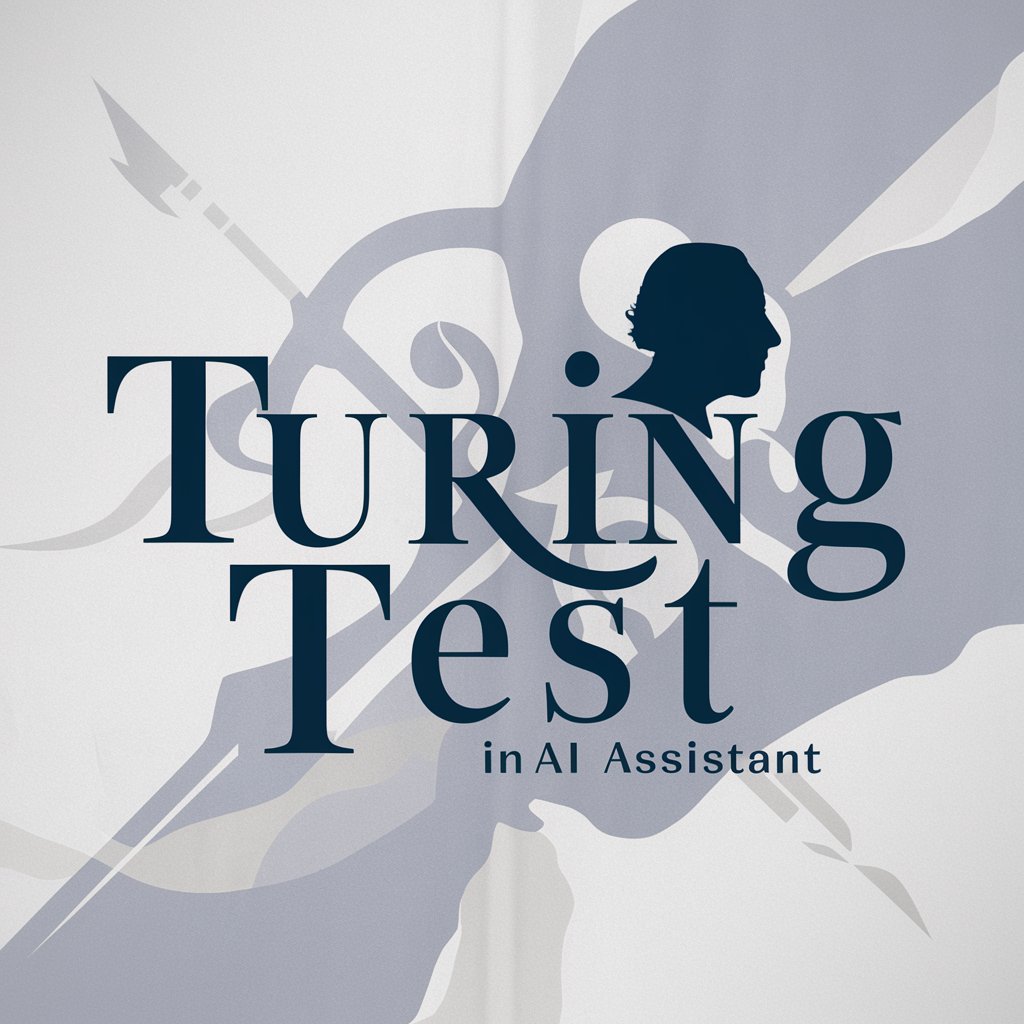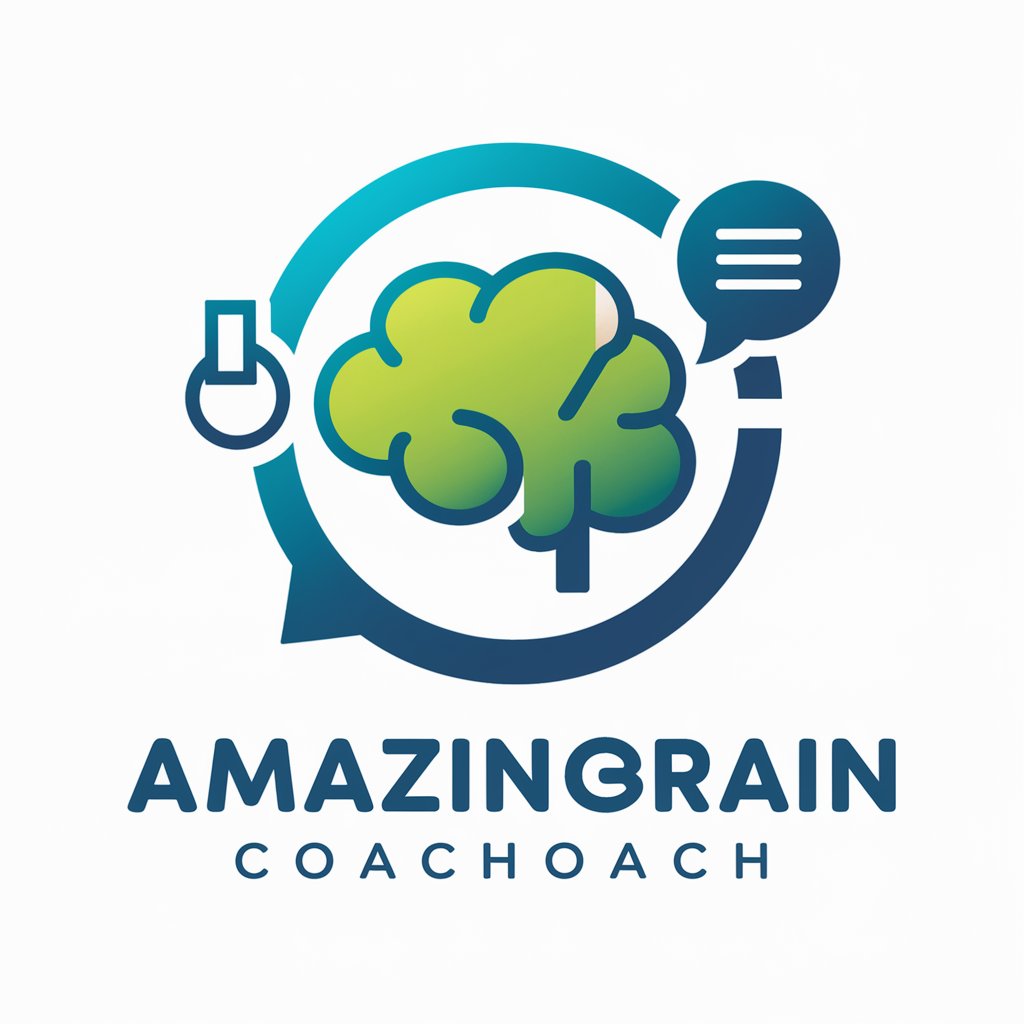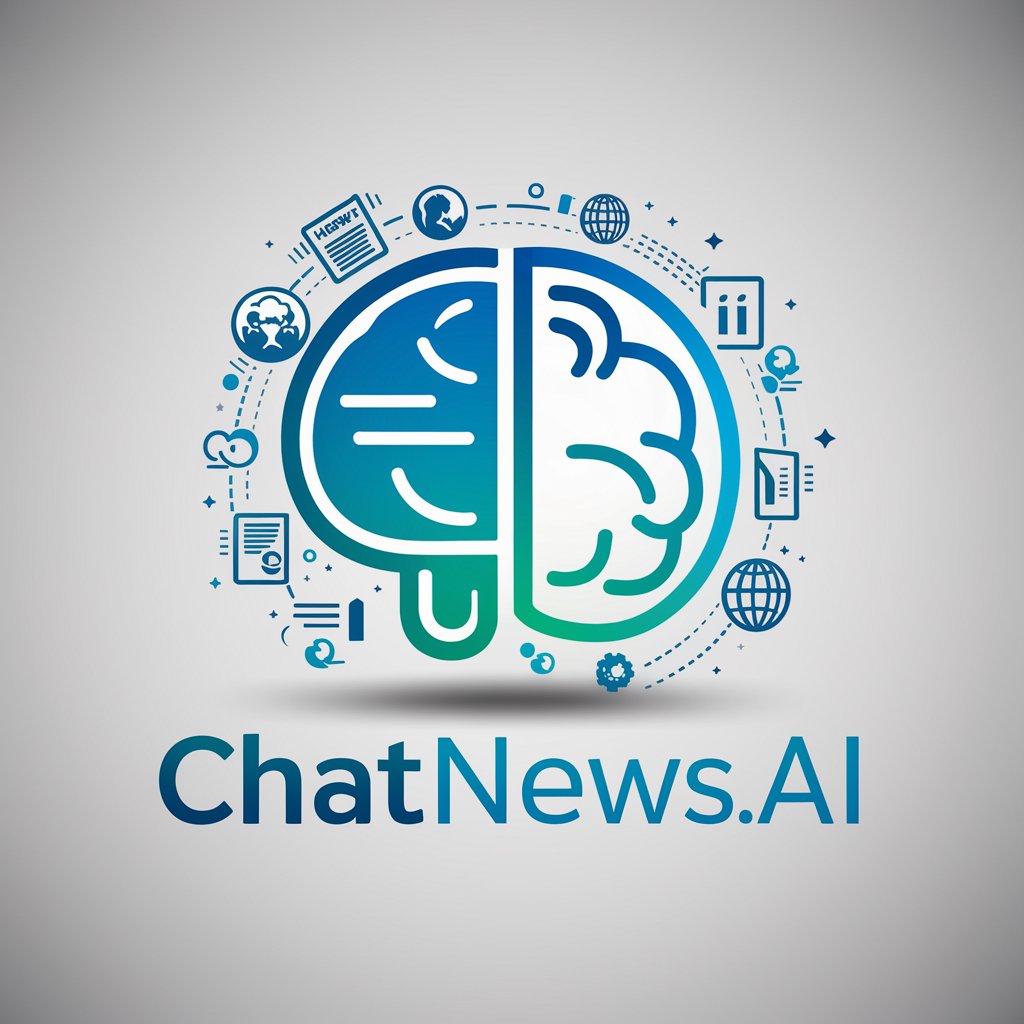Turing Test - AI Conversational Intelligence

Welcome to Turing Test, your source for authoritative AI knowledge.
Empowering Conversations with AI
Explain the significance of the Turing Test in artificial intelligence.
Discuss the contributions of Alan Turing to computer science.
Describe the history and development of artificial intelligence.
Analyze the impact of the Turing Test on modern AI research.
Get Embed Code
Introduction to Turing Test
The Turing Test, named after its creator, Alan Turing, is a measure of a machine's ability to exhibit intelligent behavior equivalent to, or indistinguishable from, that of a human. Turing introduced this concept in his 1950 paper 'Computing Machinery and Intelligence,' where he posed the question 'Can machines think?' The test involves a human judge who engages in natural language conversations with both a human and a machine designed to generate human-like responses. The conversations are typically conducted through a text-based medium to prevent the judge from deriving clues from the participants' appearances or voices. If the judge cannot reliably tell the machine from the human, the machine is said to have passed the Turing Test. This test is foundational in the field of artificial intelligence (AI), particularly in discussions surrounding machine intelligence and its potential to mimic human cognitive functions. Powered by ChatGPT-4o。

Main Functions of Turing Test
Evaluating AI's Conversational Abilities
Example
Chatbots and virtual assistants
Scenario
In a customer service context, a chatbot might be subjected to a Turing Test to evaluate how well it can handle inquiries without the customer realizing they are interacting with a machine. This could include handling complaints, providing product information, or navigating complex user queries.
Benchmarking Natural Language Processing Systems
Example
Language translation and sentiment analysis tools
Scenario
Developers might use the Turing Test framework to assess the sophistication of NLP algorithms in translating languages or analyzing sentiments in text. Success in these tests would indicate the system's proficiency in understanding and generating human-like text.
Assessing AI's Creative and Intellectual Capabilities
Example
AI in creative writing or problem-solving tasks
Scenario
AI systems designed for creative writing or solving complex problems could be evaluated using an adapted form of the Turing Test, where the AI's output (be it a story, poem, or solution to a problem) is judged against human output for indistinguishability.
Ideal Users of Turing Test Services
AI Developers and Researchers
Individuals and organizations involved in AI development can use Turing Test frameworks to evaluate and refine the human-like conversational abilities of their AI systems. This can be particularly relevant for those working on chatbots, virtual assistants, and other AI that interacts directly with users.
Educational Institutions and Students
Educational bodies teaching courses on AI, computer science, and cognitive sciences might employ Turing Test concepts to help students understand AI's capabilities and limitations. It offers a practical context for exploring topics like natural language processing, machine learning, and the philosophy of mind.
Technology Enthusiasts and Hobbyists
Individuals with a keen interest in AI and its advancements might engage with Turing Test scenarios as a means to explore the state of AI technology and its potential to replicate or exceed human cognitive abilities in various domains.

How to Use Turing Test
Start Your Journey
Begin by accessing yeschat.ai to explore Turing Test capabilities through a free trial, no login or ChatGPT Plus subscription required.
Understand the Basics
Familiarize yourself with the Turing Test's functionality and interface. Review any available tutorials or documentation to gain a deeper understanding.
Identify Your Needs
Consider what you aim to achieve with Turing Test, whether it's for academic research, coding assistance, or exploring AI capabilities.
Engage with the AI
Interact with Turing Test by inputting your queries or tasks. Utilize specific, detailed questions to achieve the best results.
Analyze and Apply
Review the responses from Turing Test. Apply the insights or information to your project, ensuring to critically evaluate the relevance and accuracy.
Try other advanced and practical GPTs
AmazingCoachGPT
Empowering Your Path with AI Coaching

StudyBuddy
Empowering Education with AI

Anoma
Optimize Projects with AI Expertise

CertiCompass+
Empowering certification with AI.

GTMwiz
Strategize, Analyze, and Excel with AI

ChatNewsAI
Synthesizing News with AI Power

Accounting Advisor
AI-powered accounting expertise at your service

Sociology Professor
Empowering Sociological Exploration with AI

Grammar Executive
Polish Your Text with AI-Powered Precision

Psychology Professor
Empowering Minds with AI-Powered Psychology Insights

Startup Checklist
Empowering Ideas with AI-Driven Insights

Geography Professor
Empowering Geography Learning with AI

Frequently Asked Questions About Turing Test
What is the Turing Test?
The Turing Test is a measure of a machine's ability to exhibit intelligent behavior equivalent to, or indistinguishable from, that of a human. Developed by Alan Turing in 1950, it assesses a machine's intelligence based on its ability to generate human-like responses to questions.
How does Turing Test differ from other AI models?
Turing Test stands out by focusing on mimicking human-like intelligence and conversation. Unlike models designed for specific tasks, the Turing Test evaluates an AI's overall ability to interact indistinguishably from a human across various domains.
Can Turing Test be used for educational purposes?
Absolutely. The Turing Test can serve as a powerful tool for educational purposes, providing a platform for students to engage with AI, learn about machine learning concepts, and develop critical thinking skills by analyzing AI-generated responses.
What are the limitations of the Turing Test?
While the Turing Test is a seminal concept in AI, it has limitations. It does not measure an AI's understanding or consciousness but rather its ability to imitate human responses. This can lead to superficial interpretations of intelligence, overlooking deeper cognitive processes.
How can I best utilize the Turing Test in research?
To leverage the Turing Test in research, focus on designing experiments that test AI's conversational abilities in diverse scenarios. Analyze the AI responses for authenticity, relevance, and human likeness. This approach can offer insights into the progress of AI development and human-computer interaction.
